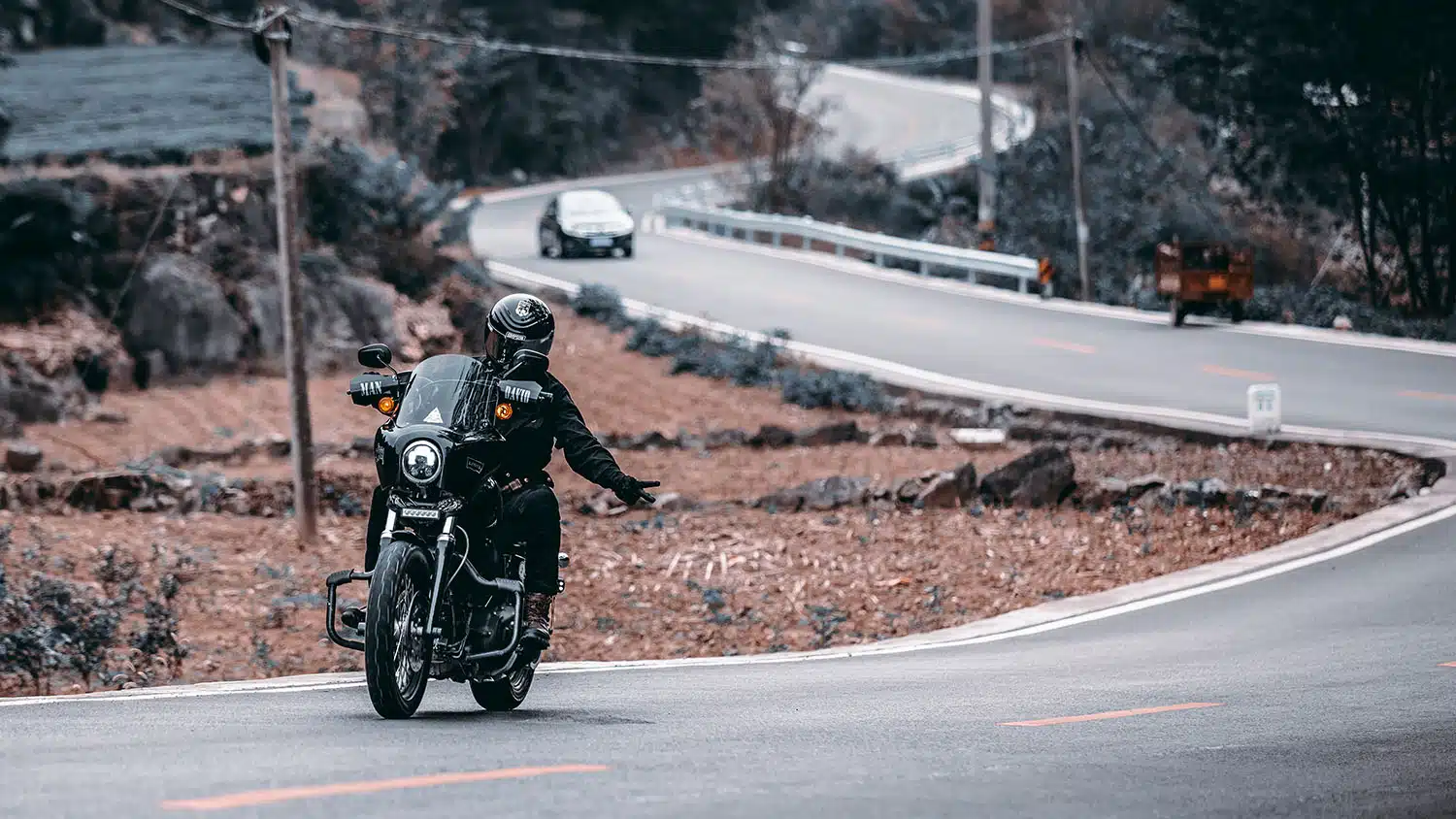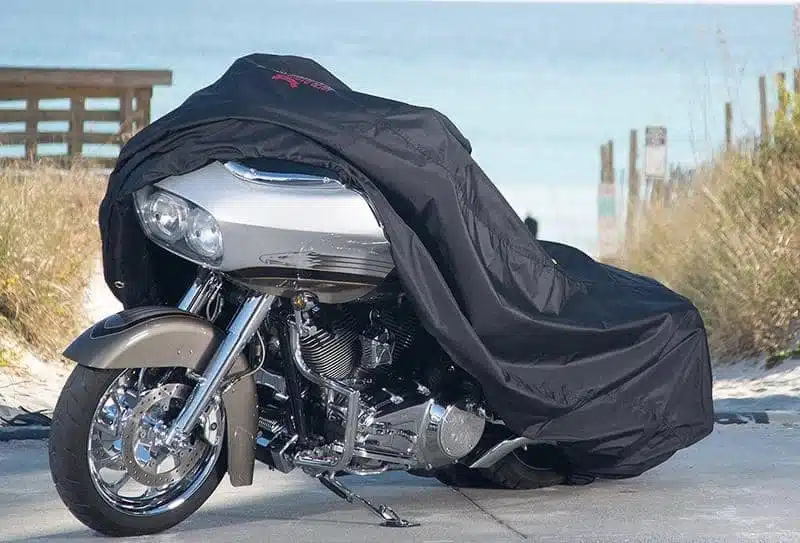Table of Contents
How to take your motorcycle out of storage: the ultimate guide 2023
It’s simple to put your motorcycle in storage in the fall and say to yourself: “I’ll take care of this in the Spring, sleep well, sweetie!” But when Spring arrives, despite the desire that gnaws at us to ride, don’t we have steps to take, things to remember, trivial things to think about?
Well, yeah! Everything is not done alone by a little elf during the winter so that in March the bike is magically ready!
After winter, as soon as the snow has melted and March 15 has arrived, it is normal to be eager to get our machines out. I understand you, I’ve been waiting for this moment since I put my bike away in November last year! GET HERE, SPRING!!!
Despite everything, you have to take the time to accomplish certain things when you take your bike out of storage.
Table of contents
- Insurance
- license plate
- Liquid inspection
- Mechanical visual inspection
- Mechanical inspection
- Insurance
We don’t always think about it, but some of you cancel or reduce your insurance during the winter to save money. However, your insurer doesn’t know your retirement date and doesn’t know when you would like to upgrade or reactivate your motorcycle insurance. It will then be important to call your insurer to put everything in order and, at the same time, check whether your needs have changed.
If nothing has changed, still validate your insurance certificate with your old one by confirming that all the information is correct: your address, the information of the insured vehicle(s) (year, make, model and serial number). Mistakes can be made and it could save you from future problems.

If you bought your motorcycle during the winter and it stayed at the dealership, it will be important to have proof of insurance before picking up your new beast! Get ahead of the game, better to be ahead than to get arrested on your first ride, right?
License plate
The famous license plates! On the same principle as insurance, they should not be forgotten. Generally, these expire in April. You should therefore receive your renewal at the end of February or the beginning of March.
When removing your motorcycle from storage, make sure that the information is still valid: your vehicle’s serial number, make, model, year, cubic capacity and net mass. Take your old registration certificate to compare.
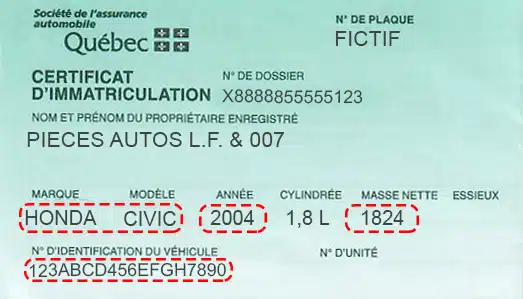
If you have changed motorcycles during the winter or have deactivated the plates of your motorcycle, be aware that you can NOT do the procedure to plate your motorcycle in advance. You must do this the same day you want your vehicle back on the road.
The SAAQ website contains a lot of relevant information on storage.
If your vehicle has been stored or the plates have been deactivated for more than a year, you will be subject to a mechanical inspection by the SAAQ. If your vehicle passes this inspection, the SAAQ will send you a certificate of conformity that you must present without exception when updating your registration certificate.
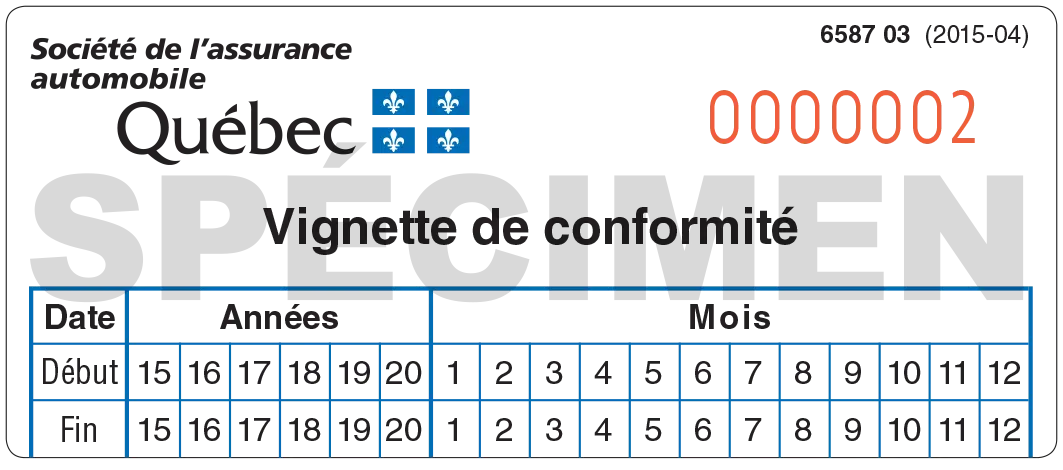
It is essential to do a few checks before setting off on the road. To successfully take your bike out of storage, I suggest doing this one to two weeks before your vehicle release date. Thus, if certain parts need to be changed or ordered, you will have the necessary time to do so. Everyone wants to be ready at the start of the season, which can cause availability delays.
Liquids Inspection
First of all, you have to check all the liquids in the motorcycle. Personally, I start with my brake fluid. I inspect the front brake fluid container which is usually located above the handles, on the right. I take note of the level, I make sure that there is no shortage.
WARNING! It must be taken into account that the fluid goes down with the wear of the brakes.
So if your brakes are new and your fluid is not close to MAX, you can add some. Take the liquid recommended by your manufacturer. Check for leaks by pressing your lever and following the line. You have to do the same check with the rear brake master. This one varies by motorcycle model.
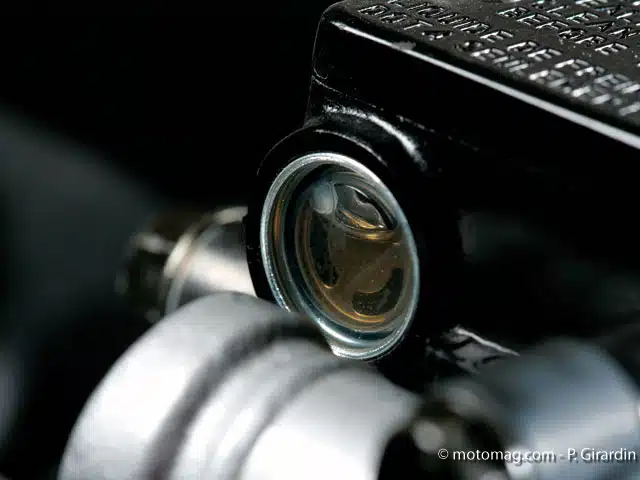
If your motorcycle is more than two years old, I advise you to make an appointment with your dealer to have your brake fluid changed to avoid any problems during the season. If the moisture content of the fluid is higher than 3%, it may cause damage to the ABS module or even complete stoppage of the brake system response. Not too practical!
For motorcycles with hydraulic clutch, I perform the same procedure for the front and rear brakes. Leaks and levels are checked and if the motorcycle is more than two years old, it is recommended to change the fluid.
Some vehicles have coolant (commonly referred to as “Prestone”). It is important to validate the level according to the specifications of the motorcycle manufacturer. If fluid is missing, adjust with the fluid recommended by your manufacturer.
Again, it is important to ensure that no leaks are present. The coolant must also be changed every two years to keep all its properties.
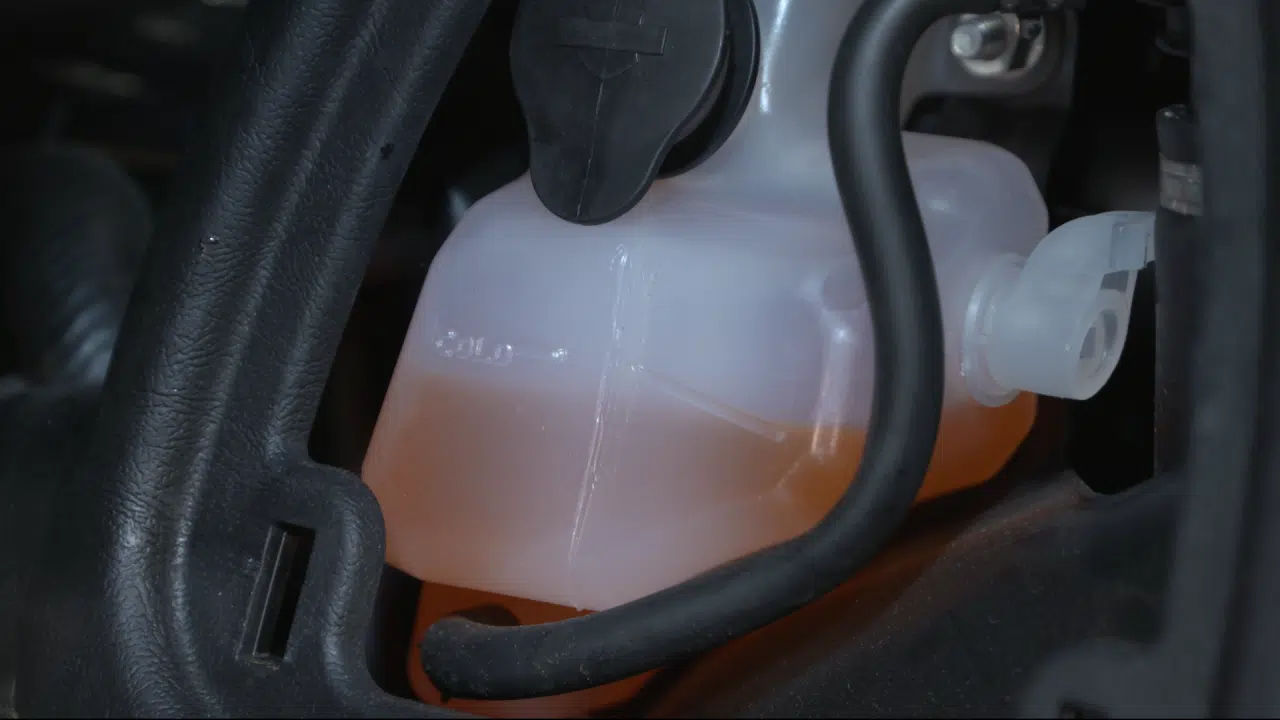
The fuel level should also be checked. If it is low, the gasoline may have frozen over the winter, which would have created condensation in the tank. If the level is high, there is very little chance that condensation has formed. If you put some fuel stabilizer with a full tank, you’re all set for that part!
It is strongly recommended to do at least one oil change per year and I recommend doing it before the new season, so at the beginning of Spring. The debris that has accumulated during the season is, at this time, at the bottom of the reservoir; it is therefore easier to remove as much as possible when emptying.
It is important to confirm that there is oil in your crankcase, and if you have several oils as for Harley-Davidson motorcycles, it is necessary to confirm that there is also oil in the primary and the transmission.

Mechanical visual inspection
Doing a visual inspection of your motorcycle is, in my opinion, an essential step, whether it is done before the first outing of the motorcycle in the Spring or, even, before each ride.
It is important to check the condition of the tires: is there still enough rubber left to be safe on the road and is the pressure at the level requested by the manufacturer? Adjust the pressure or get new tires if necessary.
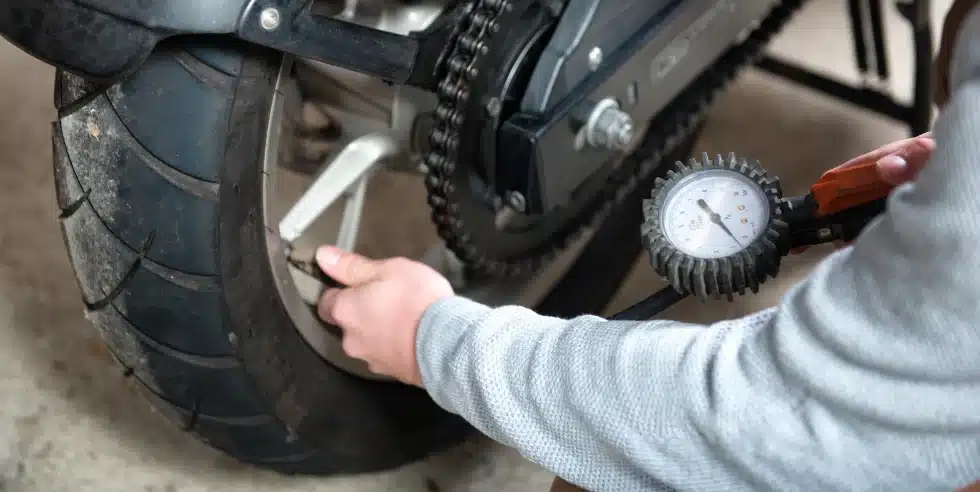
The condition of the front and rear brake pads should be inspected. It would be sad to start the season without brakes and end it in a field on the first outing. We want you on the road with us.
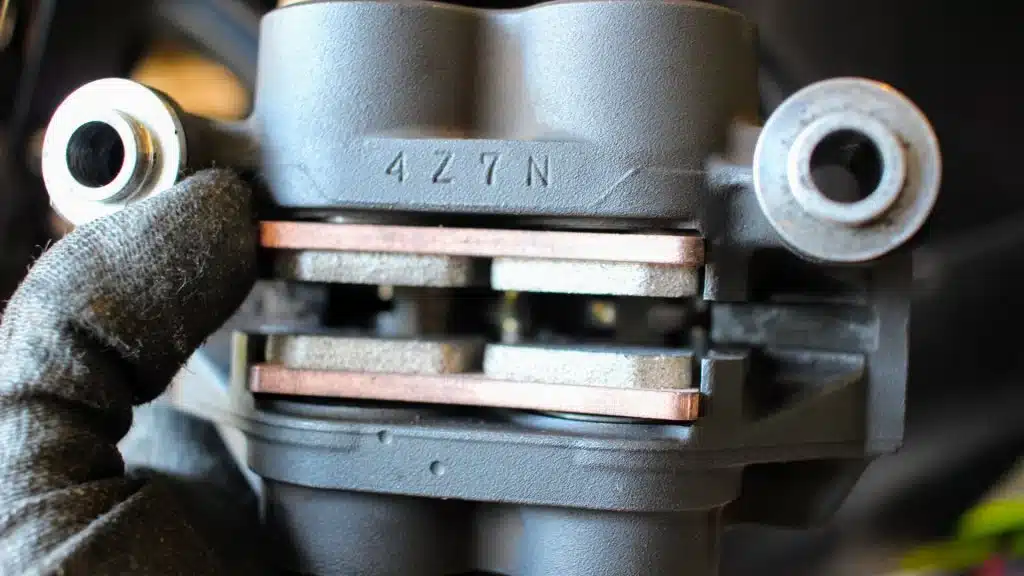
Make sure there are no visible leaks before starting the vehicle by looking at the ground and anything easily accessible to see if there is a problem. If you see any apparent leaks, make an appointment with your dealer.
Mechanical inspection
Only a few more stages of storage before finally being able to ride the bike for the season! If the battery was removed from your motorcycle for the winter, put it back into place. Be sure to screw the battery terminals tight; otherwise, it could cause trouble later in the season.
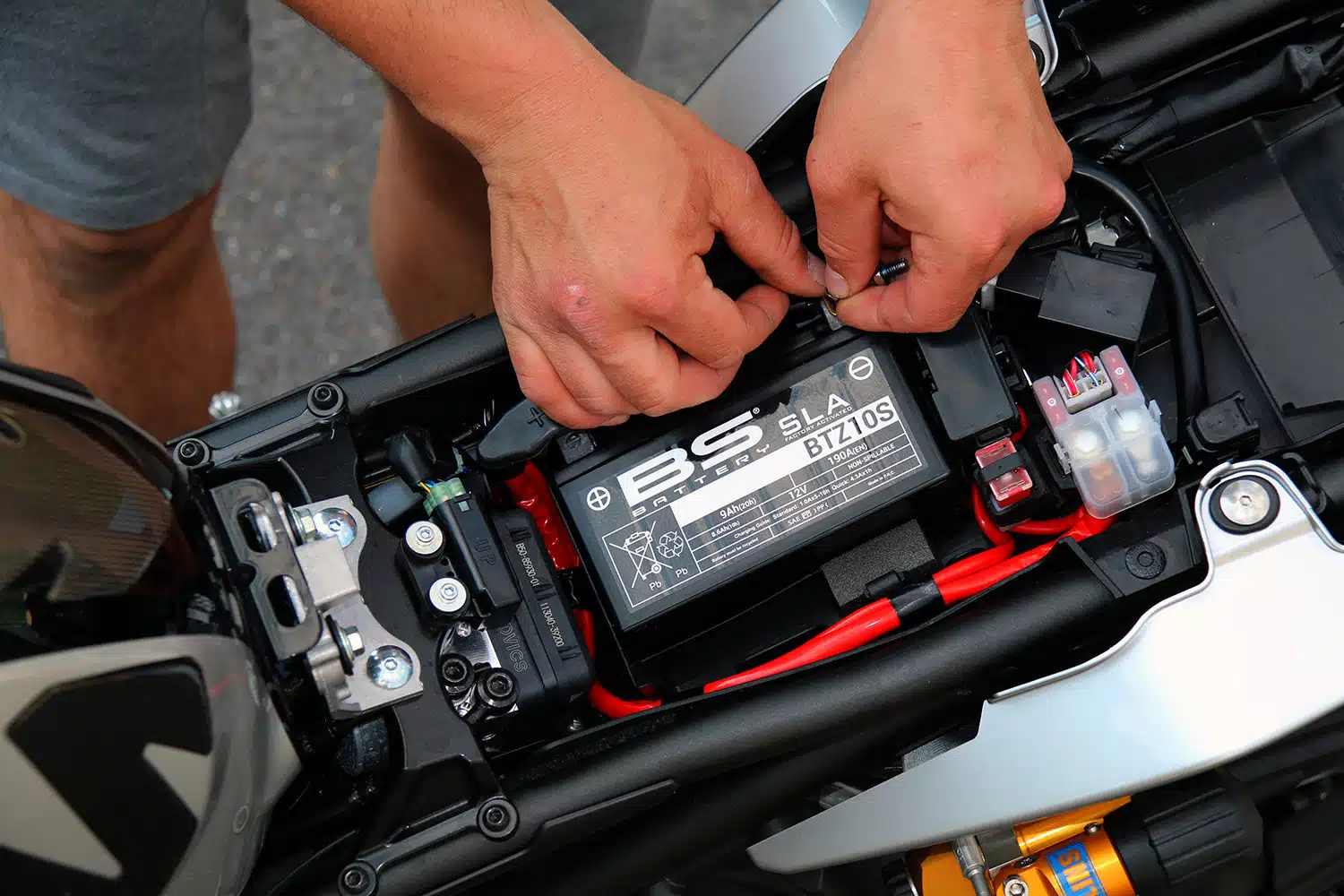
We put the key in the “on” position to check the turn signals, horn, brake light and for those who wish, adjust the time.
Once the fuel level is validated, you can start the motorcycle.
VROOM VROOM!! It’s good to hear it, isn’t it?
Make a full revolution while the motorcycle is running to validate that there are no leaks and that it does not make any abnormal sounds. For my part, while it rolls for a few minutes, I sit on it, readjust my mirrors and “get back in the mood”.
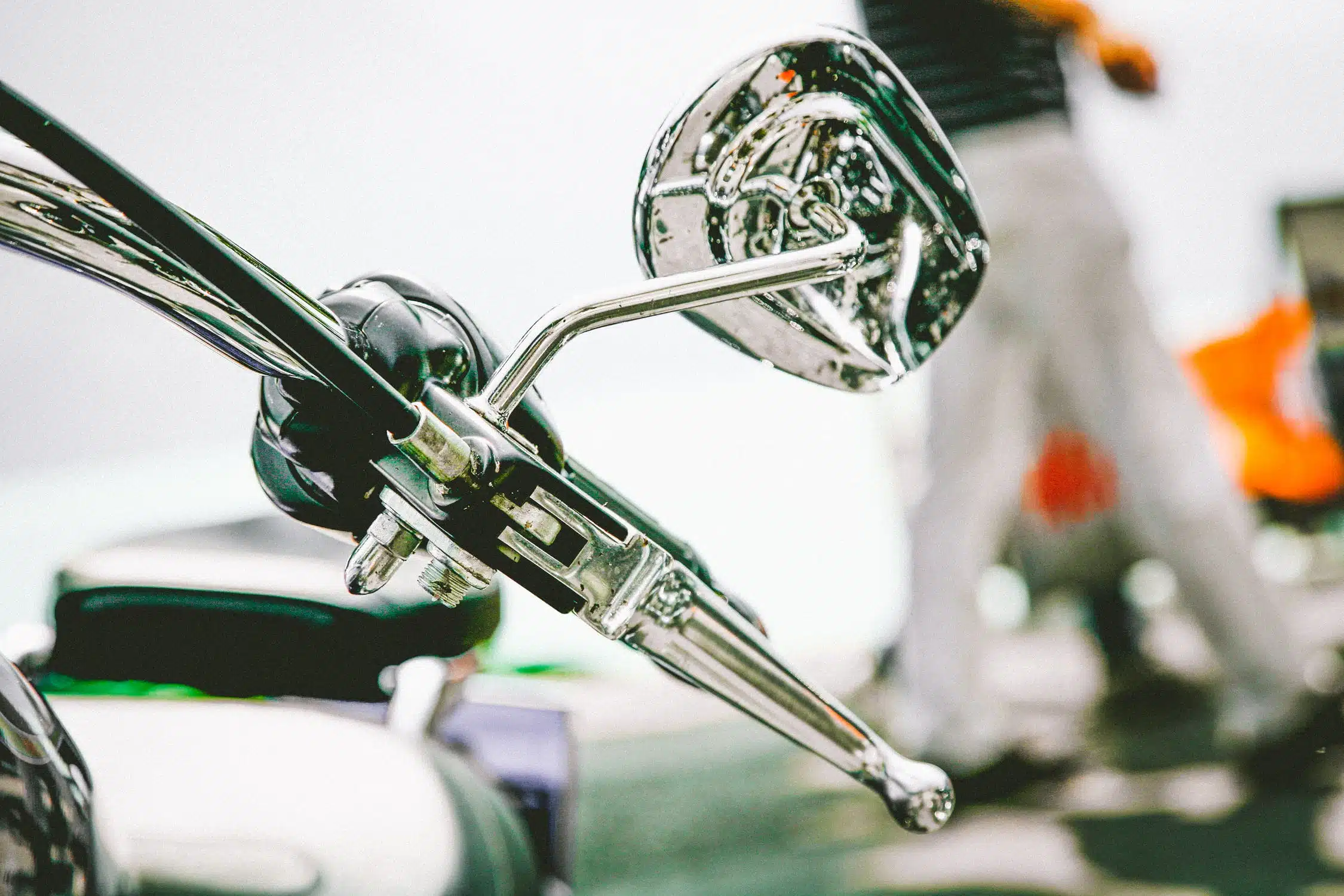
The last step, and not the least: turn off the engine to validate its oil level and adjust it if necessary. There you go! Everything is ready for your next adventure!
Is taking your motorcycle out of storage complicated? No! All you need is a simple and effective routine. In total, it can take about 10 minutes to complete, but it’s 10 minutes that can save you long hours at the dealership! Be careful on the road, and who knows? We might meet!
Have a great start to the season!
Cendrine
Xx
